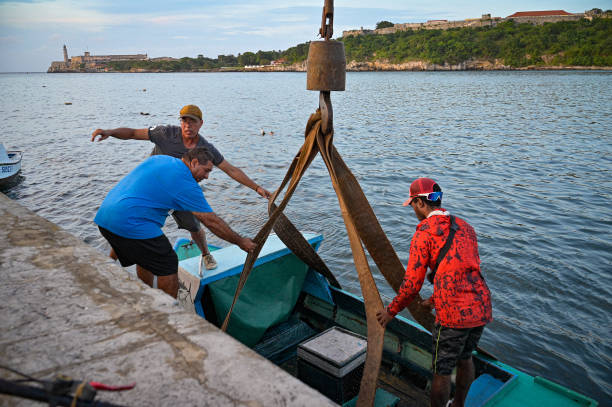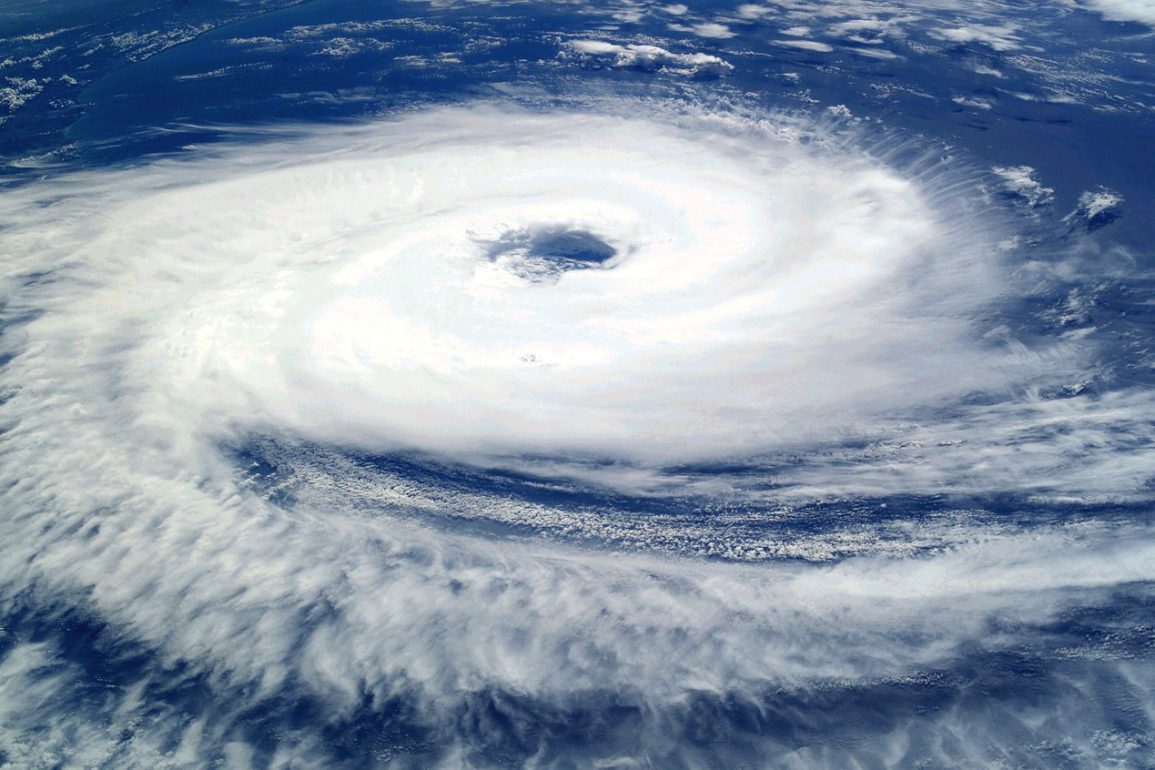Forecasters have issued a hurricane warning for the Caribbean following the formation of Tropical Storm Rafael, which intensified south of Cuba on Monday afternoon.
The storm, now the 17th named disturbance of this active Atlantic hurricane season, poses a potential threat to the Gulf Coast of the United States.
According to the Miami-based National Hurricane Center (NHC), Rafael is expected to bring heavy rain to Jamaica and the Cayman Islands before strengthening into a hurricane, likely impacting Cuba.
The storm was located approximately 175 miles (280 km) south of Kingston, Jamaica, with maximum sustained winds of 45 mph (72 km/h) and a northward movement at 9 mph.
As of Monday afternoon, a hurricane warning was in effect for the Cayman Islands, and a hurricane watch has been declared for Cuba. Additionally, Jamaica is under a tropical storm warning as the storm approaches the region.

The NHC anticipates that Rafael will be near Jamaica by late Monday and may be over the Cayman Islands late Tuesday into Wednesday, maintaining near-hurricane strength.
Long-range forecasts indicate that Rafael could potentially make landfall along the Louisiana coast, including New Orleans, or the western edge of the Florida Panhandle.
However, forecasters caution that dry air and cooler water temperatures could weaken the storm as it moves northward.
Larry Kelly, an NHC specialist, emphasized that it is still too early to assess the storm’s potential impact on the northern Gulf coast, advising residents to stay informed with regular updates.
“Rafael will bring heavy rain to portions of the western Caribbean, including Jamaica and Cuba through mid-week, with flooding and landslides likely,” he warned.
Rainfall totals of 3 to 6 inches, with localized amounts up to 9 inches, are expected in affected areas.
As hurricane season extends through November 30, late-season storms like Rafael have become more common amid ongoing climate change, attributed largely to fossil fuel consumption.
Notably, Rafael follows the paths of major hurricanes like Helene and Milton, which have significantly impacted the region in recent months.
Meanwhile, former Tropical Storm Patty has dissipated into a post-tropical cyclone, leaving behind heavy rainfall in Portugal and western Spain.

